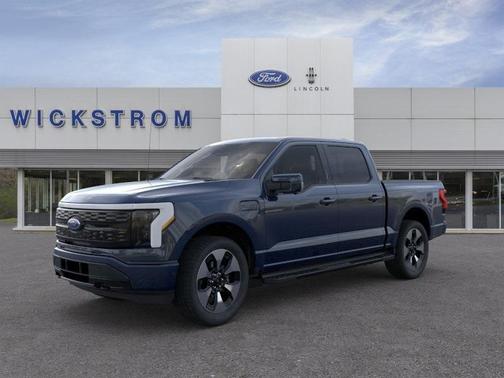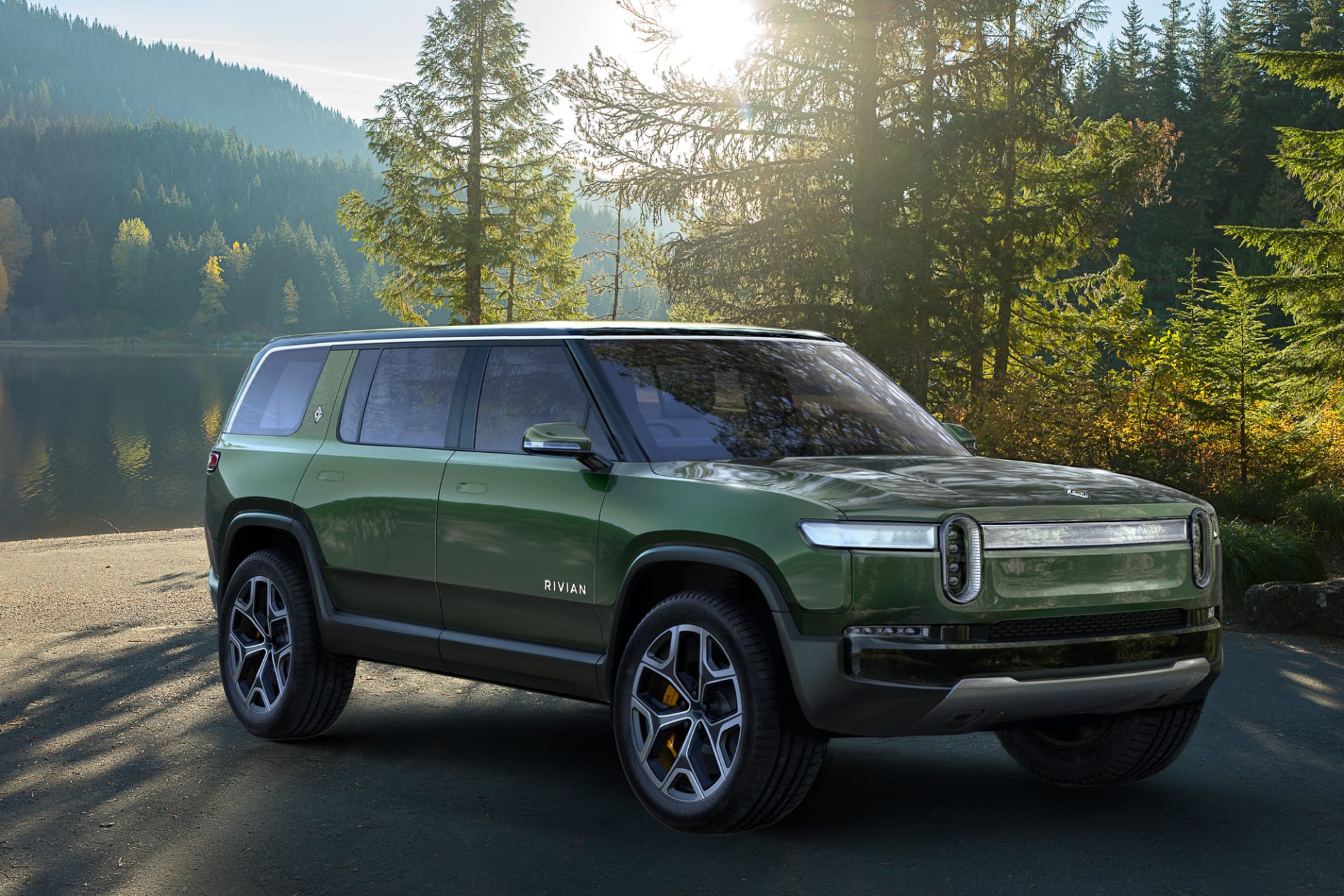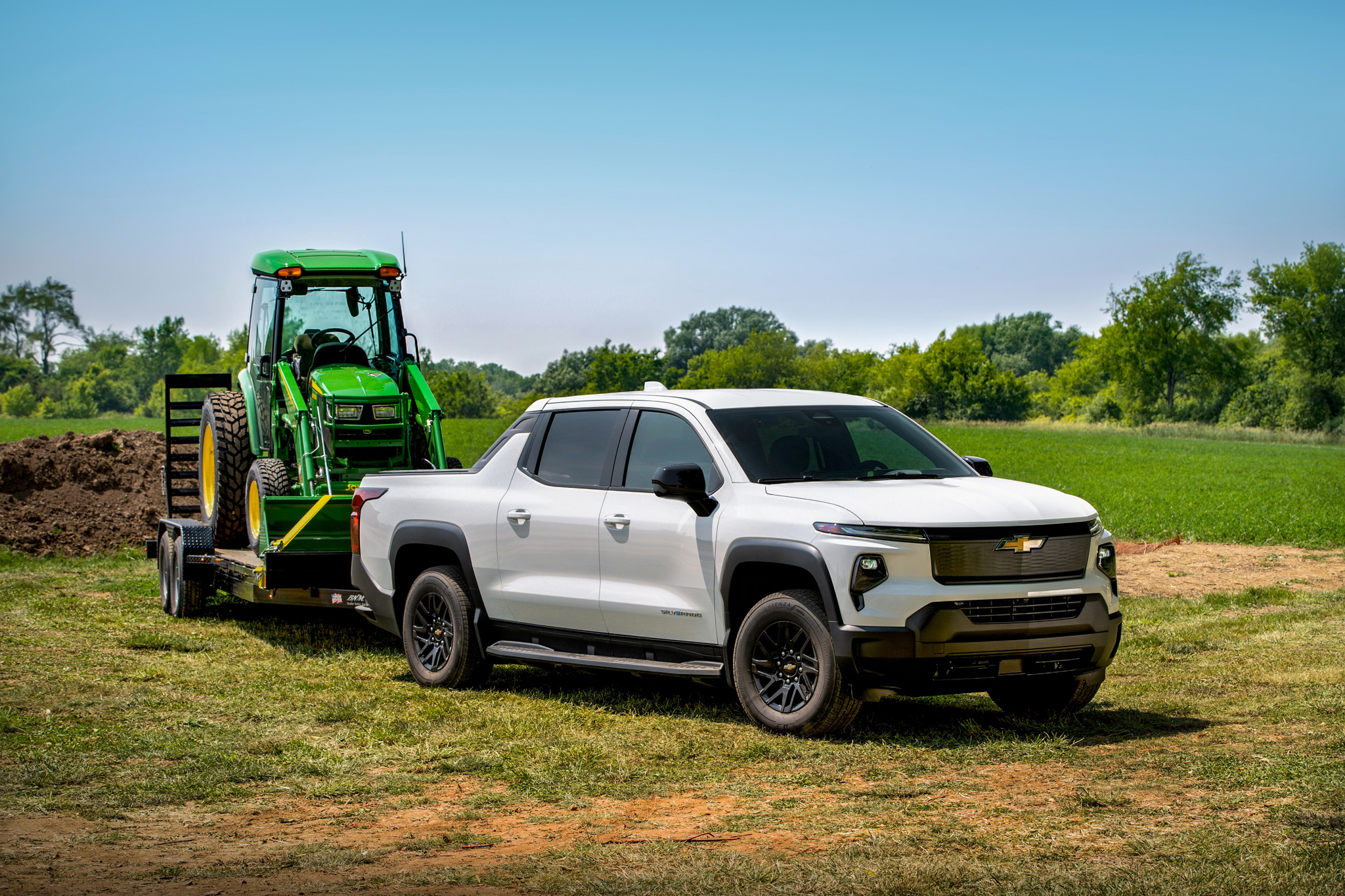As electric vehicles become more mainstream, more shoppers expect them to offer not just the advantages that come with an EV, but also old-school capabilities similar to gasoline vehicles, such as the ability to tow.
Related: Ford F-150 Lightning Vs. F-150 Hybrid: What We Learned Towing and Hauling With an Electric Truck
There is no reason an EV can’t be a proper towing vehicle if it has sufficient power and the components that can handle the added load. There are many EVs on the market now that can handle light- or medium-weight trailers when properly equipped. A handful of new electric light-duty pickup trucks can even go “tow-to-tow” with their gasoline counterparts. However, there are some factors to consider before you choose an EV for more than occasional towing needs, which we’ll get to below.
2023 EVs That Can Tow
Here are the maximum tow ratings for model-year 2023 EVs that are approved by their makers for towing. Keep in mind that these maximums could require a specific trim level or options such as a tow package or trailer braking. Most also are all-wheel-drive models with more than one electric motor; many base two-wheel-drive variants are rated significantly lower or are not recommended for towing.
- Audi E-Tron: 4,000 pounds
- Audi Q4 e-Tron: 2,650 pounds
- Cadillac Lyriq: 3,500 pounds
- Fisker Ocean: 4,012 pounds
- Ford F-150 Lightning: 10,000 pounds
- Genesis Electrified GV70: 3,500 pounds
- Genesis GV60: 2,000 pounds
- Hyundai Ioniq 5: 2,300 pounds
- Kia EV6: 2,300 pounds
- Kia Niro EV: 1,653 pounds
- Mercedes-EQ EQE SUV: 3,500 pounds
- Nissan Ariya: 1,500 pounds
- Polestar 2: 2,000 pounds
- Rivian R1S: 7,700 pounds
- Rivian R1T: 11,000 pounds
- Tesla Model X: 5,000 pounds
- Tesla Model Y: 3,500 pounds
- VinFast VF 8: 3,968 pounds
- Volkswagen ID.4: 2,700 pounds
- Volvo C40 Recharge: 3,970 pounds
- Volvo XC40 Recharge: 2,000 pounds
2024 EVs That Can Tow
This list for 2024 EVs is incomplete and includes only models for which U.S. specs have been announced. Many EVs listed for 2023 will carry over for the 2024 model year, but official data are not available yet.
- Audi Q4 e-Tron: 2,650 pounds
- Audi Q8 e-Tron: 4,000 pounds
- Cadillac Lyriq: 3,500 pounds
- Chevrolet Blazer EV: 1,500 pounds
- Chevrolet Silverado EV: 12,500 pounds
- Genesis Electrified GV70: 3,500 pounds
- GMC Hummer EV SUV: 7,500 pounds
- Hyundai Ioniq 5: 2,300 pounds
- Kia EV9: 5,000 pounds
- Kia Niro EV: 1,653 pounds
- Mercedes-AMG EQE SUV: 3,500 pounds
- Polestar 2: 2,000 pounds
EV Towing Takes Planning — and Time
Towing with an EV currently takes more planning and time than with a gasoline or hybrid tow vehicle. That’s not to throw shade on EV towing, but rather to be realistic about the current state of technology and charging infrastructure. A trailer’s weight and aerodynamic effects will hammer efficiency — as they do for gas vehicles. But for now, that loss of range and more frequent “refueling” are easier to handle with a gasoline or hybrid tow vehicle.
A towing test comparing a Ford F-150 Lightning electric pickup with a hybrid F-150 showed the EV had no trouble pulling a 5,900-pound travel trailer, but it also found the EV’s range and efficiency dropped by about 50%. Before setting out, the F-150 Lightning’s predicted range was 317 miles; with the trailer hitched and the EV in tow mode, predicted range soon dropped to 158 miles, which proved accurate over the drive. The lower energy efficiency in miles per kilowatt-hour of energy means longer charging times to add miles — and that translated into hours versus the hybrid’s minutes to refuel in the comparison. Note also that temperature extremes could affect an EV’s efficiency more than that of a comparable gasoline or hybrid tow vehicle.
Public charging for the F-150 Lightning while towing was another issue in the test. Public charging stations are not generally designed for vehicles with trailers, resulting in either unhitching the trailer elsewhere before driving up to the charger or blocking access to some of the chargers for other EVs.
The bottom line is that an EV can be a capable tow vehicle, but you must have a charging plan and allow extra time if you want to make a long-distance haul.
Towing Weight Safety Rules Still Apply
As with gasoline vehicles, tow ratings are calculated under the SAE International J2807 performance standard to ensure safety, performance, stability and load on the vehicle’s systems. The standard assumes ideal conditions: a minimal load of people and cargo, only common optional equipment and a trailer tongue weight (weight on the hitch) of about 10% of the trailer weight.
Beyond the tow rating limit, an EV tow rig must not exceed the EV’s maximum payload weight (people and cargo plus tongue weight) and the EV’s gross combined vehicle weight rating (loaded vehicle plus the trailer). These limits can be found on a plate that’s typically on the driver-side door frame. You can read more about safe weights in our towing coverage, including “How Much Can My Truck Tow?” and “Why Weight Capacities Are Important.”
More From :
- What to Know Before Purchasing an Electric Vehicle: A Buying Guide
- Which Electric Cars Are Still Eligible for the $7,500 Federal Tax Credit?
- What Does the EV Tax Credit Overhaul Mean for Car Shoppers?
- EV 101: A Video Guide to Electric Vehicles
- Which EVs Have All-Wheel Drive?
- Top 10 Most Efficient Electric Cars
- Which SUVs Can Tow at Least 5,000 Pounds?
- More EV News and Testing





